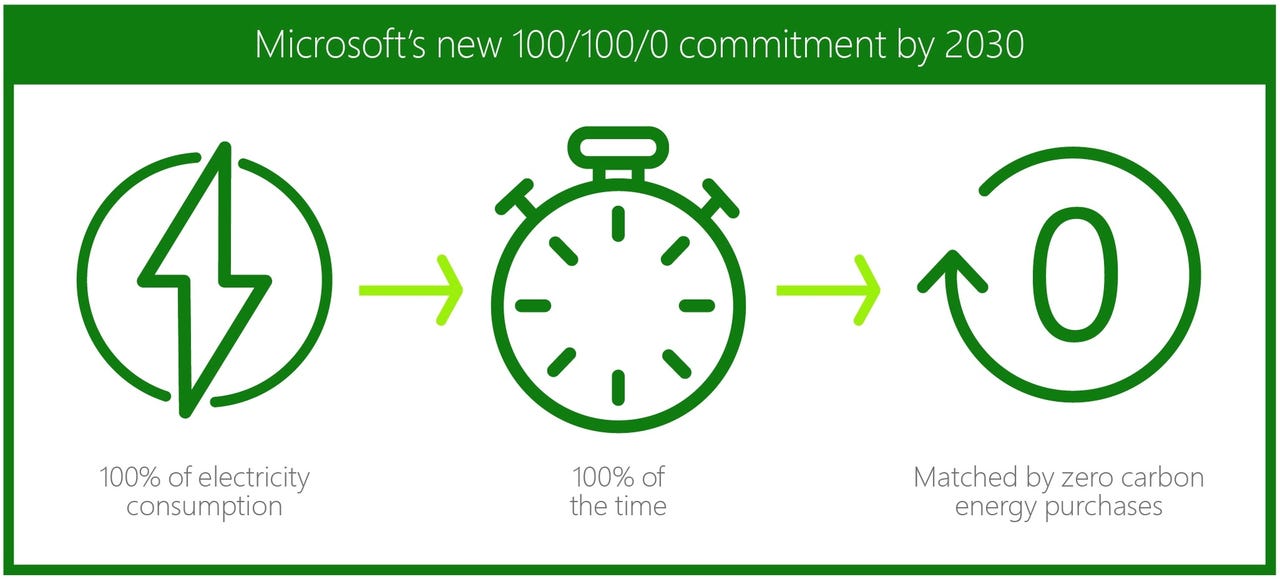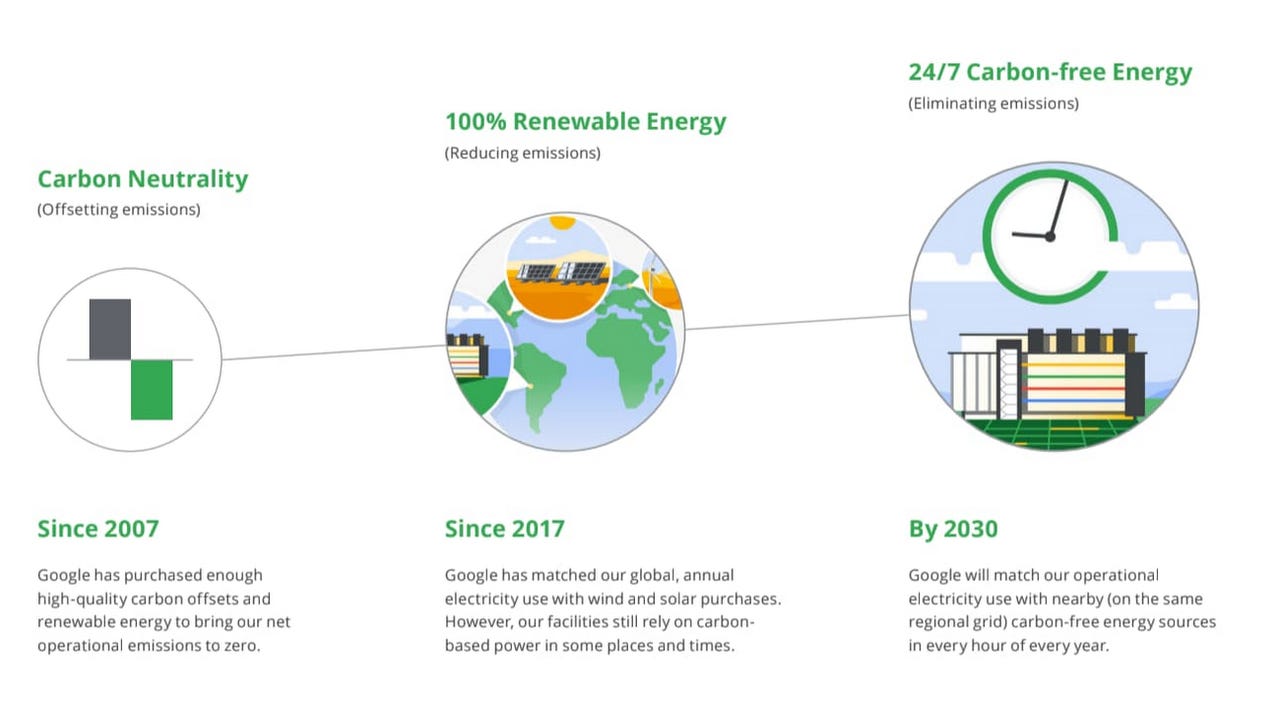The current business environment is witnessing a decrease in the number of organizations using a single private or public cloud. The key reasons for these dwindling numbers include avoiding vendor lock-in, reducing costs, flexibility, and the need for more cloud resources. By opting for multi-cloud and hybrid cloud strategies, organizations can eliminate the unavailability of cloud resources due to single-point failure.
However, enterprises prefer to retain certain databases either in the on-premises data center or in the private cloud. At the same time, they want to leverage the benefits of different public cloud vendors too.
Although leveraging the limited public and private clouds was done in the past, they weren’t as efficient and reliable, leading to the adoption of the hybrid multi-cloud strategy. In the latter, organizations leverage various public cloud services from different providers to gain best-of-breed results and to avoid vendor lock-in. Dependency on a single provider is minimized.
Going cloud-smart with hybrid multi-cloud is the future
In today’s digitalized world of business, the cloud is playing a key role by transforming the way applications are built, stored, and leveraged. Among, Public, Private, and Hybrid versions, the Hybrid approach provides a competitive edge. In a Hybrid computing approach, a combination of computing, services, and storage are used such as private cloud, on-premise data centers, public cloud, and even edge locations. According to IBM Institute for Business Value, Hybrid Cloud generates 2.5 times greater business value than a single cloud platform approach.
The multi-cloud approach is said to be taken when organizations leverage cloud computing services from two or more cloud service providers or vendors for cloud hosting. It gives better control, security, and performance and provides an improvement in disaster recovery tools.
The software developers want to focus on development and leave the infrastructure and related managed services to public cloud providers. On the other hand, the Operations team looks forward to building a private cloud with the data center.
In such a scenario, a hybrid, multi-cloud strategy provides the solution with the right platform for the specific task and most experts believe this approach is that of the future. Let us see the benefits of this strategy in the following lines.
Accelerates innovation
Modern business models are complex with constantly evolving customer requirements and other challenges. IT leaders have to create environments that can adapt to increasing data and workloads and make them user-friendly to employees, customers, and partners, and connect them meaningfully. A good hybrid cloud strategy breaks down silos and efficiently manages multiple clouds, on-premise data centers, and other environments. It integrates and connects across IT environments and leverage data wherever it is driving innovation.
Reduction in cost
Businesses can opt to move specific applications across different cloud environments or into the on-prem data centers, based on the organization’s requirements. With this, there will be optimization of cloud resources thereby bringing down the capital and operating costs. This flexible and scalable solution can also enhance performance and increase productivity. The gap between legacy and modern systems can be bridged and without replacing the old system, organizations can further reduce costs.
Vendor lock-In gets eliminated
Organizations can avoid being locked into a single vendor or cloud service provider as there is no dependency on a single provider. The freedom to choose the best provider for the best features and services for a specific workload is possible. Portability between multiple providers is provided too. Business continuity plans will not be hampered as there is no worry of vendor lock-in, thereby contributing to the organization’s competitive edge.
Increase in cloud agility & resilience
To stay competitive, organizations should have the capability to continuously deliver innovative solutions and services to the market. For being agile, enterprises should provide developers with the right skill sets in advanced technologies. To achieve this, businesses must be willing to embrace more than a single cloud solution which is the best fit. By adopting a hybrid multi-cloud strategy, organizations can choose and change cloud providers based on business value criteria and capabilities. This enhances cloud agility and resilience and enables organizations to stay ahead of the curve.
More security across clouds
By leveraging additional cloud computing services, data and applications are better safeguarded than on a single cloud approach. All ongoing business functions can be run on one or more public cloud services. In the case of classified information or sensitive data, it can be stored in a private cloud or on-prem data center. With this, cyber-attacks and data breaches can be reduced to a great extent. Furthermore, with the workload being distributed across multiple cloud providers, cyber risks can be easily mitigated.
A hybrid multi-cloud strategy is here to stay and has become mainstream with more businesses adopting it. This approach has several benefits in relation to performance, governance, compliance, scaling, security, and faster time-to-market. It is however crucial to implement the most appropriate solution by factoring in budget, managed cloud services, cloud migration, and change management services. Organizations of all sizes can adopt a hybrid multi-cloud approach to achieve the desired business outcomes.
Written by, Rahul Kurkure, Director (Cloud.in)











.png)